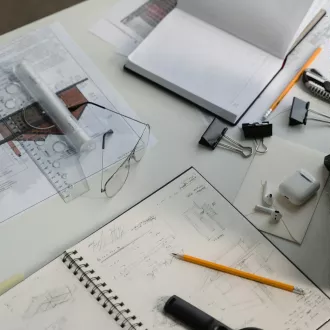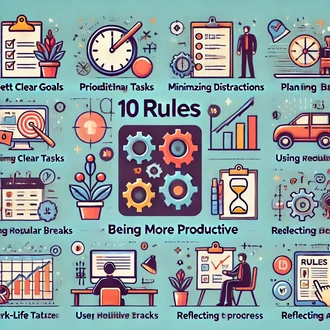Transcription Active listening in work communication
It is critical to address one of the most valuable skills for business leadership - active listening. In the work environment, effective communication is the cornerstone of success, and active listening plays a crucial role in understanding, connecting and guiding teams to excellence.
In this session, we will explore in detail what active listening is, why it is essential in workplace communication, and how you can develop and foster this skill to boost your leadership and your company's performance.
Defining active listening
Active listening goes beyond simply hearing what someone says. It is a process of paying full attention to the sender, understanding the message in depth, interpreting verbal and nonverbal language, and responding appropriately. It involves a genuine connection with the speaker, showing empathy and demonstrating a genuine interest in what is being communicated. Active listening is a skill that can be developed and improved with constant practice.
Active listening is a fundamental pillar in work communication for several reasons:
- It fosters an environment of trust: When leaders practice active listening, employees feel valued and listened to, which creates an atmosphere of trust and mutual respect.
- Improves conflict resolution: By actively listening to all parties involved in a conflict, leaders can better understand points of view and find more effective and equitable solutions.
- Facilitates decision-making: Active listening allows relevant information to be gathered more completely and accurately, which supports informed and accurate decision making.
- Drives innovation and creativity: By listening to employees' ideas and suggestions, leaders can nurture creativity and innovation within the team.
- Strengthens internal communication: Strong internal communication is essential to the success of any company, and active listening is a key component to ensure that the message is clearly conveyed and properly understood.
Barriers to active listening
Before learning how to develop active listening, it is important to recognize the barriers that can hinder its effective practice:
- Distractions: External distractions, such as electronic devices or ambient noise, can make it difficult to concentrate on the conversation.
- Prejudices and judgments: Prejudices and pre-judgments can interfere with genuine understanding of the sender's message.
- Impatience: Impatience to express our own ideas or quickly solve a problem can lead us to interrupt or not fully listen to the other person.
- Lack of empathy: Lack of empathy can make it difficult to connect emotionally with the speaker and understand his or her perspective.
Techniques for developing active listening
Now that we understand the importance of active listening and the barriers that can arise, it is time to explore some techniques to develop and foster this skill:
- Paying mindfulness: Practicing mindfulness helps us to be present in the conversation, focusing on the moment and avoiding distractions.
- Asking clarifying questions: Asking questions to obtain more details or clarify confusing points shows interest and helps to better understand the message.
- Paraphrasing and summarizing: Repeating in our own words what we have heard helps to verify understanding and to show the sender that we are attentive.
- Maintain ey
active listening communication




